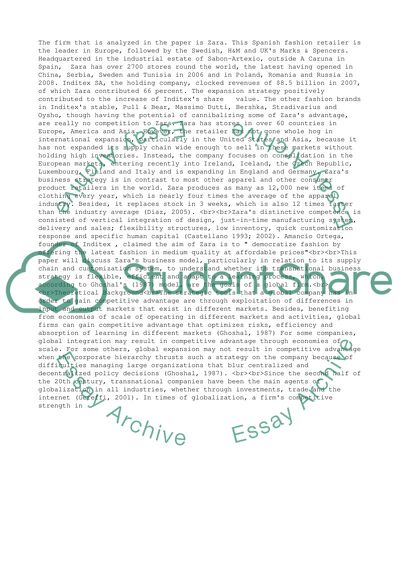Cite this document
(“International Business Strategy of Zara Case Study”, n.d.)
Retrieved from https://studentshare.org/business/1509663-international-business-strategy-of-zara
Retrieved from https://studentshare.org/business/1509663-international-business-strategy-of-zara
(International Business Strategy of Zara Case Study)
https://studentshare.org/business/1509663-international-business-strategy-of-zara.
https://studentshare.org/business/1509663-international-business-strategy-of-zara.
“International Business Strategy of Zara Case Study”, n.d. https://studentshare.org/business/1509663-international-business-strategy-of-zara.


